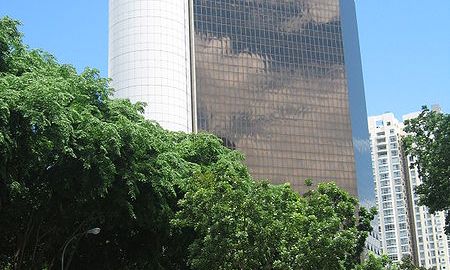Architecture: Where Psychology and Ecology Meet

An article from the New Scientist claims that people’s barriers to thinking more greenly are mostly psychological. People are more likely to adopt green attitudes if (1) they think their neighbors are greener than they are, (2) they are given money to act green and (3) they can see an immediate positive change in the world because of their green behavior.
This information may prove helpful as governments and businesses consider how to encourage people to go green. Agriculture, automobiles, and energy production are systems where resource efficiency is now highly sought after. Architecture too, that place where philosophers and aesthetes pick up a trowel, where theory and practice meet.
A preliminary study published by the “Personality and Social Psychology Bulletin” finds that people with stronger and more frequent contact with nature place a higher value on community relationships and less on self-oriented goals. The findings have implications for urban developers who, in our future of mega-cities, must find ways for plants and animals to live alongside concrete and glass.
After our own Al Gore, Prince Charles of Wales is perhaps the most visible public figure with a history of promoting ecological awareness and sustainable development. The Prince invested heavily in Poundry, his project to build an environmentally sensible village, and while the Guardian evidently has an axe to grind against the Prince, he has been a forward looking proponent of sustainability.
The Guardian has been critical of Charles’ acerbic approach to getting the kind of architecture he wants. After orchestrating the removal of French architect Jean Nouvel from a project near St. Paul’s in London, he has threatened to quit as the president of the National Trust if his architectural views aren’t taken more seriously.
We have always looked to Nature for answers to our human problems (as though they were somehow distinct in the first place) which is one reason why a major idea of our day is sustainability. Since the buildings we inhabit are part of our nature, they are part of Nature. More and more we are realizing the interplay between architecture, nature, and our own well being. To quote Simon and Garfunkel quoting Frank Lloyd Wright: harmonize.





